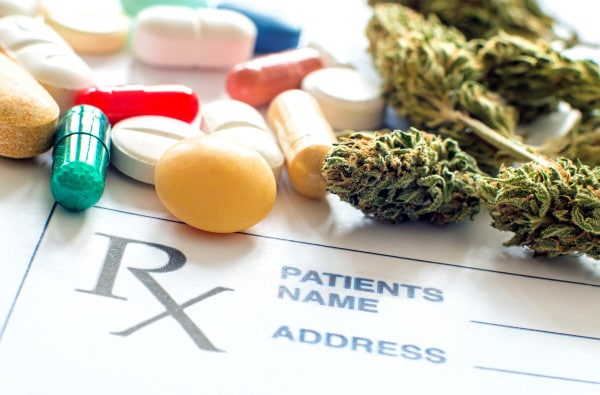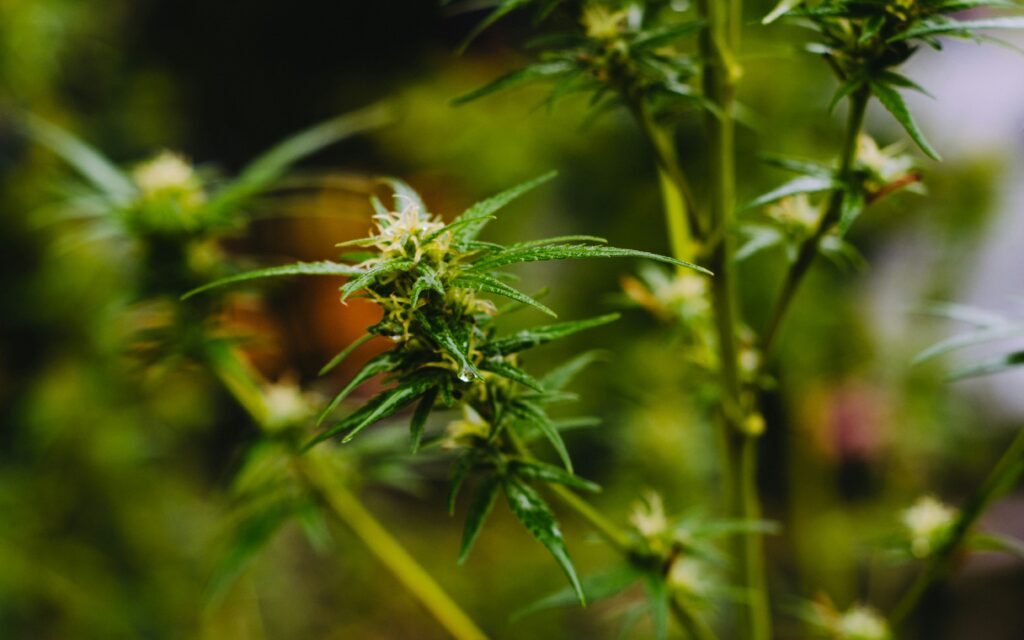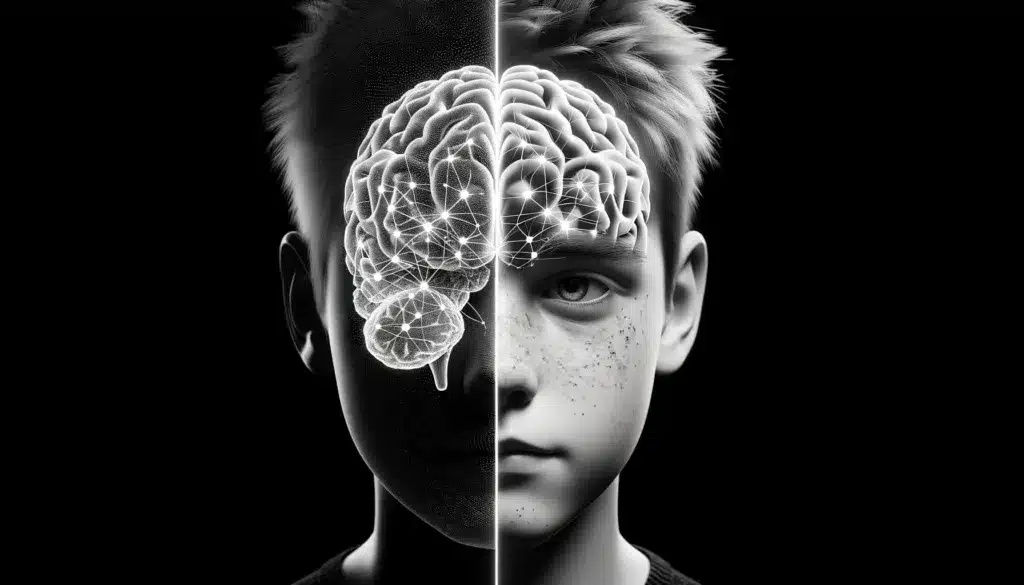
by Loren DeVito, Ph.D., Staff Writer for Terpenes and Testing Magazine
We’ve all had that experience – the first time you try a new cultivar or new way to use cannabis that somehow wildly mismatches your expectations of anticipated effects. While natural cannabis is safe and has never been linked to a death or serious side effects, it is possible to experience a very potent intoxication. And while cannabis is known for its relaxing effects, consumption of high doses can cause unpleasant effects, such as paranoia and agitation. [1]
The issue of cannabis dosing is quite a difficult one that researchers have been grappling with for some time. [2] Currently, there is no standardized way to determine a personalized dose and therefore dosing involves a lot of trial and error.
Cannabis is available in many different forms – from smoking flower to edibles. And each method of consumption brings very different effects.
Before we dive into these different methods, it may be helpful to review pharmacokinetics – the way bioactive substances move through the body and how they are absorbed, metabolized, and excreted – and pharmacodynamics, the overall effects of substances on the body.
[Image]
The pharmacokinetics of cannabinoids is complex and dynamic, varying according to the frequency and magnitude of dose. To make matters more convoluted, there are hundreds of different cannabinoids in the plant; the relative concentration of these substances greatly affects absorption and distribution rates. Cannabinoids are also lipophilic, meaning that they bind to and dissolve in fats within tissue. [3] Therefore, it’s difficult to measure concentrations of these compounds in the blood.
One way to approach this issue is to look to clinical trials evaluating different types of cannabinoids for certain conditions. However, it’s important to note that many of these trials are looking at higher concentrations for medical purposes and are likely not testing formulations that are available for public use. So, the best way to determine the right dose for you may be spending some time thinking about the best route of administration.
In the past year, clinicians from the University of British Columbia and International Cannabis and Cannabinoids Institute in Prague published recommendations on
medical cannabis consumption and dosing across three categories – smoking/vaporization, oral (edibles/tinctures), and topicals (salves). [4]
Smoking/vaping. While the guidance re-iterates the old adage of “‘start low and go slow,” they also provided some concrete recommendations. Smoking cannabis flower can produce a quick and efficient way of absorbing cannabinoids. While number, duration, and spacing of inhalation, volume, and hold time greatly affects dosing, this route of administration allows for easy control, as it goes straight from the lungs into the bloodstream. However, vaping is preferred since it produces fewer byproducts and is effective for targeting exacerbations of symptoms in patients. [4]
The guidance recommends starting with one inhalation (through smoking or vaping) and waiting 15 minutes, with additional inhalations every 15-30 minutes until reaching desired effects. With this method, the onset of effects usually occurs within 5-10 minutes and lasts 2 to 4 hours. [4]
Oral. Compared to smoking, the oral route of administration takes much longer to kick in. You likely won’t experience any effects for 1 to 3 hours – but, once you start to feel the effects, they can last from 6 to 8 hours.4 And while many choose edibles over smoking, this long lag in time can really complicate dosing due to the time it takes for the body to metabolize (remember how much cannabinoids love sticking to fat in your tissues?). Oromucosal administration (via sprays and tinctures) kicks in much faster (within 15 to 45 minutes) but their effects also last for about as long as edibles. [5]
Topicals. People with inflammatory conditions like arthritis or those with chronic pain may find topical formulations to be quite helpful. However, it’s more challenging to estimate dosing effects from salves or lotions since the cannabinoids must first penetrate the skin to be absorbed. But, once they get past that barrier, they will have more targeted effects on the location in need rather than affecting the whole body. [4]
There are of course other variables that affect absorption and processing. Consider the following:
· If you have used cannabis before, think back to the plant varieties you’ve consumed. The number and concentration of compounds in cannabis formulations (high THC, THC:CBD, and hemp- or cannabis-derived CBD) will greatly affect your response. [6]
· Also, think back to whether time of day has ever affected your response and how much sleep you got the night before. Daily cycles affect everything in your body – including your metabolism and endocannabinoid processing. [7]
· Food and water intake and use of any other substances (whether prescription or otherwise) will also greatly affect your response. [3]
Cannabis dosing is a tricky issue that scientists are working to address. But paying attention to your own body and following the recent guidance is a good start!
References
- Murray, R.M., et al., “Traditional Marijuana, High-potency Cannabis and Synthetic Cannabinoids: Increasing Risk for Psychosis”, World Psychiatry, 2016, Volume 15, pg. 195-204. (impact factor: 30; cited by: 55)
- Huestis, M.A., “Human Cannabinoid Pharmacokinetics”, Chem Biodivers, 2007, Volume 4, pg. 1770-1804. (impact factor: 1.804; cited by: 347)
- Grotenhermen, F, “Clinical Pharmacodynamics of Cannabinoids”, Journal of Cannabis Therapeutics, 2004, Volume 4, pg. 327-360. (impact factor: N/A; cited by: 24)
- MacCallum, C.A., & Russo, E.B., “Practical Considerations in Medical Cannabis Administration and Dosing”, European Journal of Internal Medicine, 2018, Volume 49, pg. 12-19. (impact factor: 2.049; cited by: 19)
- Barrus, D.G., et al., “Tasty THC: Promises and Challenges of Cannabis Edibles”, Methods Rep RTI Press, 2016. (impact factor: N/A; cited by: 16)
- Gallily, R., Yekhtin, Z., Hanuš, L., “Overcoming the Bell‐Shape Dose‐Response of Cannabidiol by Using Cannabis Extract Enriched in Cannabidiol”, Pharmacology & Pharmacy, 2015, Volume 6, pg. 75-85. (impact factor: 2.405; cited by: 27)
- Vaughn, L.K., et al., “Endocannabinoid Signaling: Has It Got Rhythm?”, Br J Pharmacology, 2010, Volume 160, pg. 530-543. (impact factor: 5.259; cited by: 67)





